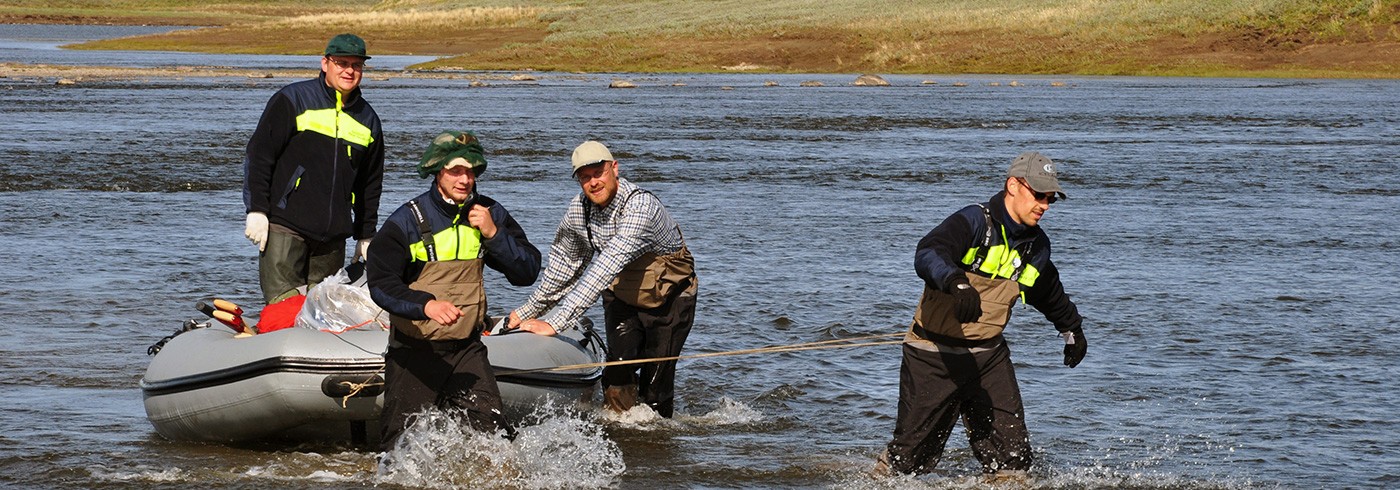Circum-Arctic Tectonic Evolution and Orogeny
By collecting samples and analysing the rock types in the Taymyr region, we will determine whether they represent a single large landmass or several smaller earlier ones. We will also find out more about the role played by the landmass(es) in the formation of the Arctic marine basins that exist today. The deep basins in the Arctic are extremely important to the global circulation of ocean water, the distribution of ocean nutrients, and to the earth’s climate.
Principal investigator
Victoria Pease
Department of Geological Sciences, Stockholm University
Former Eurasian Ice Sheets Margins and Mega-Fauna Extinction during the Last Glacial Cycles
Large parts of the northern hemisphere have periodically been covered by massive inland glaciers. Knowledge about the variations in the extent of this glaciation is fundamental to our ability to reconstruct climatic evolution and understand changes in ocean levels, ocean currents and the inflow of meltwater into the Arctic basin. In parallel with this research, we will also study changes in the ecosystem, particularly with regard to the flora and fauna of the last 50,000 years.
Principal investigator
Per Möller
Department of Geology, Lund University
Consequences of Climate Change on the Demography and Evolution of Arctic Lemmings
The Ice Ages that have come and gone over the last three million years are believed to have had a major impact on the spread and evolution of animal and plant species. We will be studying the relationship between climate change and the evolution of species by analysing DNA from fossil bones and teeth. The results can help us to predict how the climate change we are currently facing will impact plants and animals.
Principal investigator
Love Dalén
Molecular Systematics Laboratory, Swedish Museum of Natural History







